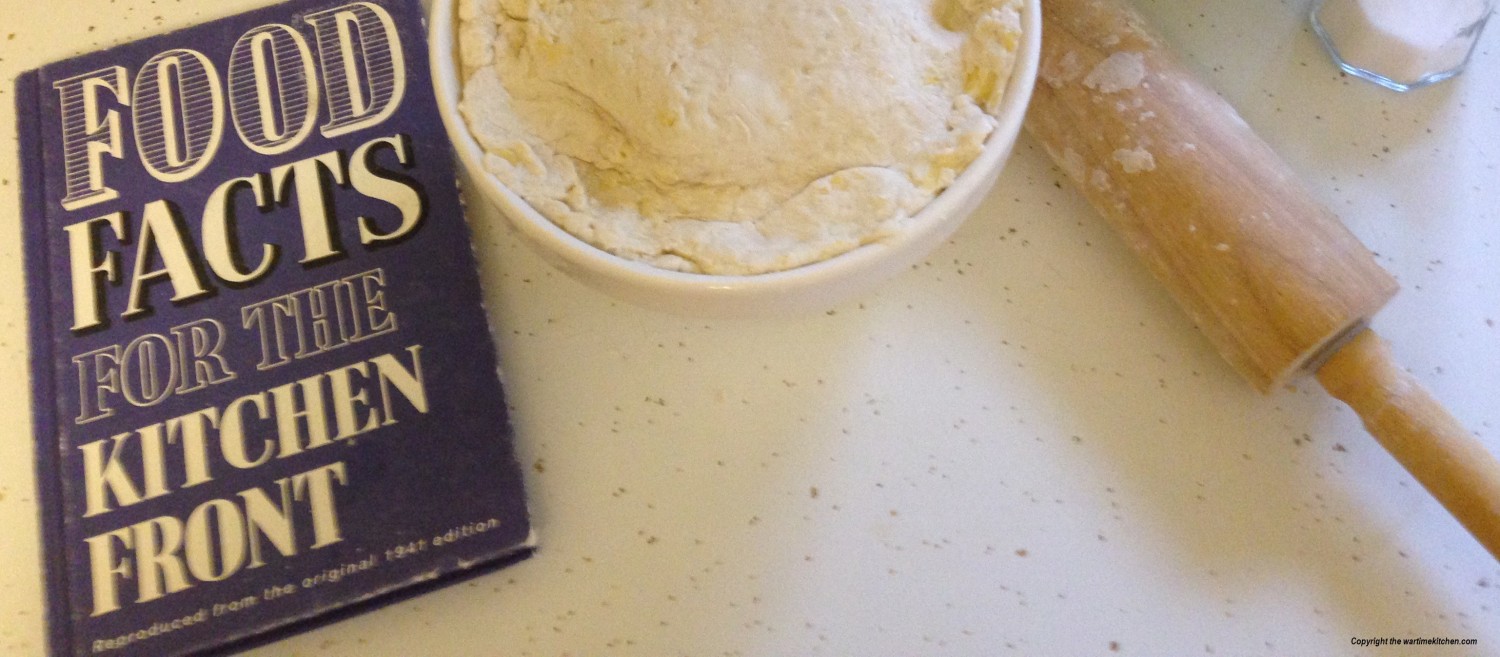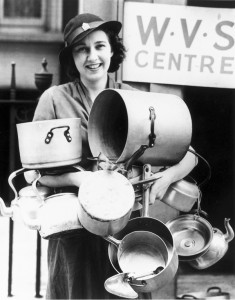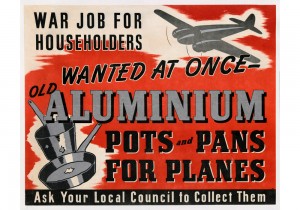Recycling is nothing new; the collection of materials to be recycled, reused, and re-purposed was a popular theme in World War II. The British people saw the implementation of scrap drives to collect metal to make planes and other necessary equipment for the war effort.
In May, 1940, Churchill appointed William “Max” Aitken, Lord Beaverbrook, as Minister of Aircraft Production, and with the Prime Minister’s blessing, Beaverbrook overhauled all aspects of war-time aircraft production. He increased production targets by 15% across the board, took control of aircraft repairs, and increased RAF storage units.*
Metal was needed to make planes. Lord Beaverbrook asked the WVS (Womens Voluntary Service) to oversee the drive, and they went into action and asked for the collection of saucepans, frying pans, colanders, tea trays, kettles, pot lids, shoe trees and any other scrap they could find which contained aluminium. 1600 centers were set up throughout Britain as collection and storage centers for the metal. (Conjectures whether the collected metal was actually used or the collection campaign was just propaganda exist.)
Lord Beaverbrook, said in July, 1940, “We want it (aluminum) and we want it now. New and old, of every type and description, and all of it. We will turn your pots and pans into Spitfires and Hurricanes, Blenheims and Wellingtons.”
*Geoffrey Best (2005). Churchill and War. Humbledon and London




